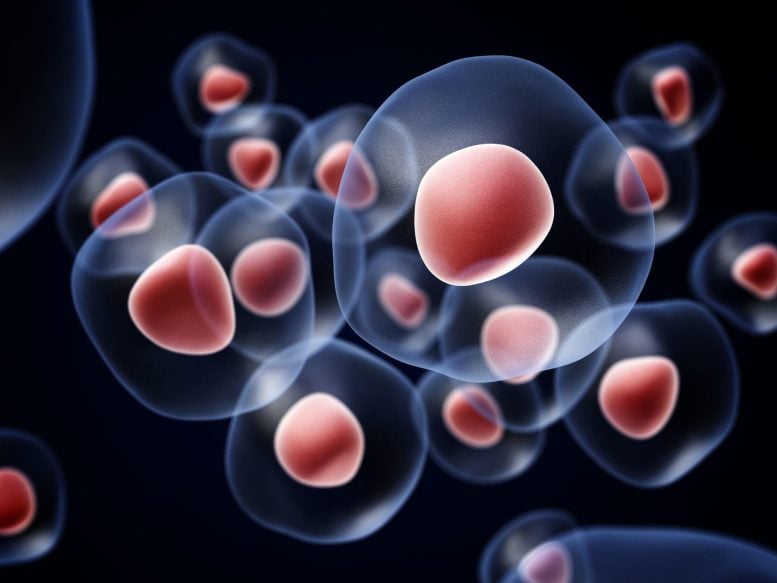
The study identified a cellular pathway that could be utilized to reprogram the immune system to combat both chronic inflammatory and infectious diseases.
Researchers at the University of Queensland have uncovered a cellular pathway that could be leveraged to reprogram the body’s immune system to defend against both chronic inflammatory and infectious diseases.
Dr. Kaustav Das Gupta and Professor Matt Sweet from the Institute for Molecular Bioscience at the University of Queensland have found that a molecule derived from glucose in immune cells has the ability to halt the growth of bacteria and suppress inflammatory responses. Dr. Das Gupta stated that this discovery represents a crucial step toward the development of future therapies that can train immune cells.
“The effects of this molecule called ribulose-5-phosphate on bacteria are striking – it can cooperate with other immune factors to stop disease-causing strains of the E. coli bacteria from growing,” Dr. Das Gupta said.
“It also reprograms the immune system to switch off destructive inflammation, which contributes to both life-threatening infectious diseases such as sepsis as well as chronic inflammatory diseases like respiratory diseases, chronic liver disease, inflammatory bowel disease, rheumatoid arthritis, heart disease, stroke, diabetes, and dementia.”
The research was carried out on a strain of E. coli bacteria that causes approximately 80 percent of urinary tract infections and is a common cause of sepsis.
Pre-clinical trials were used to confirm the role of this pathway in controlling bacterial infections.
Professor Sweet said human cells were also used to demonstrate that ribulose-5-phosphate reduces the production of molecules that drive chronic inflammatory diseases.
“Host-directed therapies which train our immune systems to fight infections, will become increasingly important as more types of bacteria become resistant to known antibiotics,” Professor Sweet said.
“A bonus is that this strategy also switches off destructive inflammation, which gives it the potential to combat chronic disease.
“By boosting the immune pathway that generates ribulose-5-phosphate, we may be able to give the body the power to fight back against inflammatory and infectious diseases – not one, but two of the major global challenges for human health.”
Many current anti-inflammatory therapies target proteins on the outside of cells but because this pathway occurs inside cells, the researchers devised a new approach to target the pathway using mRNA technology.
Professor Sweet said the technology has shown promising results to deliver the enzyme that generates ribulose-5-phosphate into immune cells and has been filed as a provisional patent by UniQuest, UQ’s commercialization company.
Reference: “HDAC7 is an immunometabolic switch triaging danger signals for engagement of antimicrobial versus inflammatory responses in macrophages” by Kaustav Das Gupta, Divya Ramnath, Jessica B. von Pein, James E. B. Curson, Yizhuo Wang, Rishika Abrol, Asha Kakkanat, Shayli Varasteh Moradi, Kimberley S. Gunther, Ambika M. V. Murthy, Claudia J. Stocks, Ronan Kapetanovic, Robert C. Reid, Abishek Iyer, Zoe C. Ilka, William M. Nauseef, Manuel Plan, Lin Luo, Jennifer L. Stow, Kate Schroder, Denuja Karunakaran, Kirill Alexandrov, Melanie R. Shakespear, Mark A. Schembri, David P. Fairlie and Matthew J. Sweet, 17 January 2023, Proceedings of the National Academy of Sciences.
DOI: 10.1073/pnas.2212813120



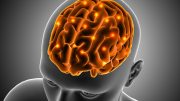
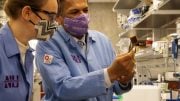
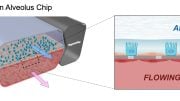

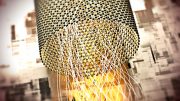
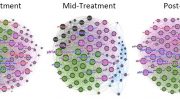
Be the first to comment on "Fighting Against Both Chronic Inflammatory and Infectious Diseases – Harnessing the Healing Power Within Our Cells"